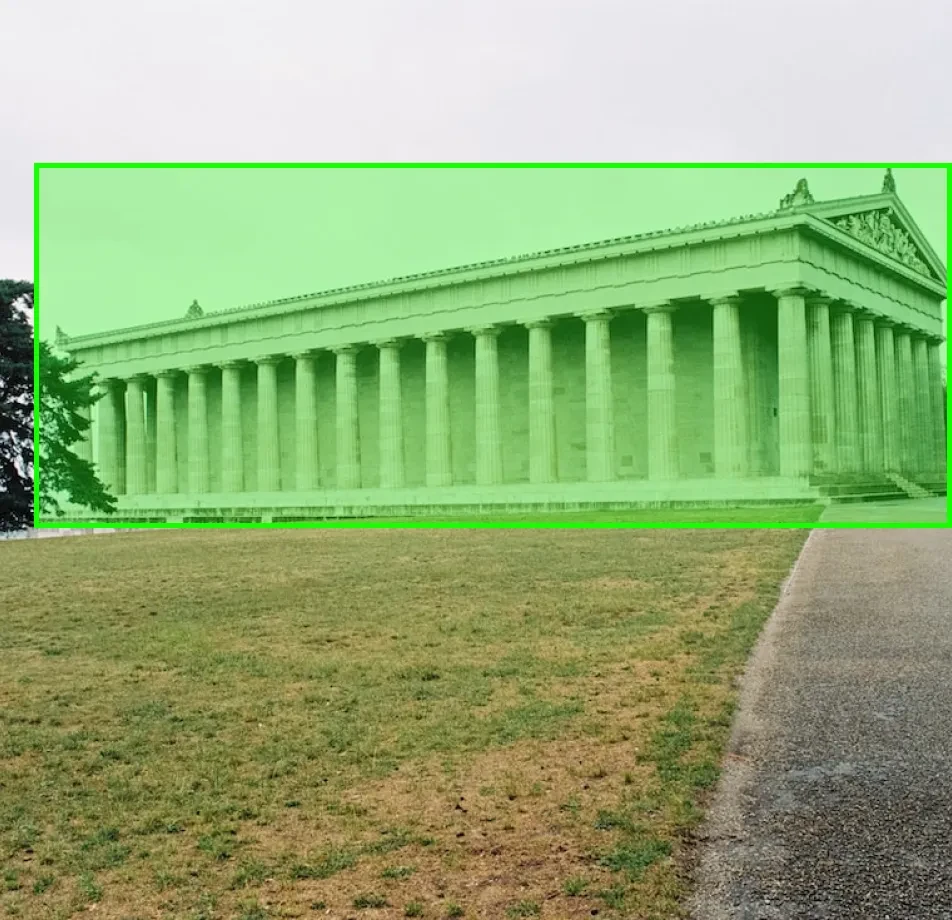Main Objects Segmentation Dataset
Home » Case Study » Main Objects Segmentation Dataset
Project Overview:
Objective
Our team successfully created a dataset to enhance computer vision capabilities, focusing on object detection, image editing, and scene comprehension.
Scope
We have built a large image repository, featuring a diverse range of scenes and scenarios. Additionally, our detailed annotations clearly mark the main objects in each image, which significantly enhances the dataset’s quality and usefulness. Consequently, this comprehensive approach ensures that our dataset is both robust and valuable for various applications.




Sources
- Photography Enthusiasts: We partnered with photography enthusiasts, gathering a diverse range of images captured under various settings and lighting conditions.
- Public Image Repositories: We sourced images from multiple publicly available repositories, ensuring a rich diversity in content and context.
- Public Submissions: We launched a platform for public image contributions, focusing on unique or rare subjects.



Data Collection Metrics
- Total Images Collected: 310,000
- Photography Enthusiast Contributions: 130,000
- Public Image Repository Extracts: 100,000
- Public Submissions: 80,000
Annotation Process
Stages
- Object Segmentation: Our team annotated each image to define the boundaries and segments of the main objects.
- Scene Categorization: We labeled each image with its respective scene type (e.g., urban, natural, interior).
- Lighting Conditions: We categorized images based on their lighting conditions (daylight, low light, artificial light).
Annotation Metrics
- Images with Pest and Disease Annotations: 15,000
- Metadata Logging: 15,000




Quality Assurance
Stages
Segmentation Accuracy Checks: We combined computer vision algorithms with human review to ensure the accuracy of object segmentations. Moreover, this dual approach helps us catch errors that one method might miss.
Metadata Validation: Our domain experts carefully reviewed scene categorizations and lighting condition tags. Consequently, we can ensure the data is both reliable and relevant.
Privacy Safeguards: We took great care to make sure that publicly contributed images did not contain sensitive information. Additionally, we established protocols for contributors to request changes or removal of their submissions.
QA Metrics
- Segmentation Validation Cases: 31,000 (10% of total)
- Metadata Authentication Reviews: 46,500 (15% random sampling)
- Privacy Audits: 80,000 (for public submissions)
Conclusion
The Main Objects Segmentation Dataset Initiative, spearheaded by our team, is a key contribution to the field of computer vision. With precise segmentation annotations and a diverse image collection, it is set to revolutionize various industries. For instance, this initiative will benefit fields such as photography, advertising, robotics, and autonomous vehicles.

Quality Data Creation

Guaranteed TAT

ISO 9001:2015, ISO/IEC 27001:2013 Certified

HIPAA Compliance

GDPR Compliance

Compliance and Security
Let's Discuss your Data collection Requirement With Us
To get a detailed estimation of requirements please reach us.
